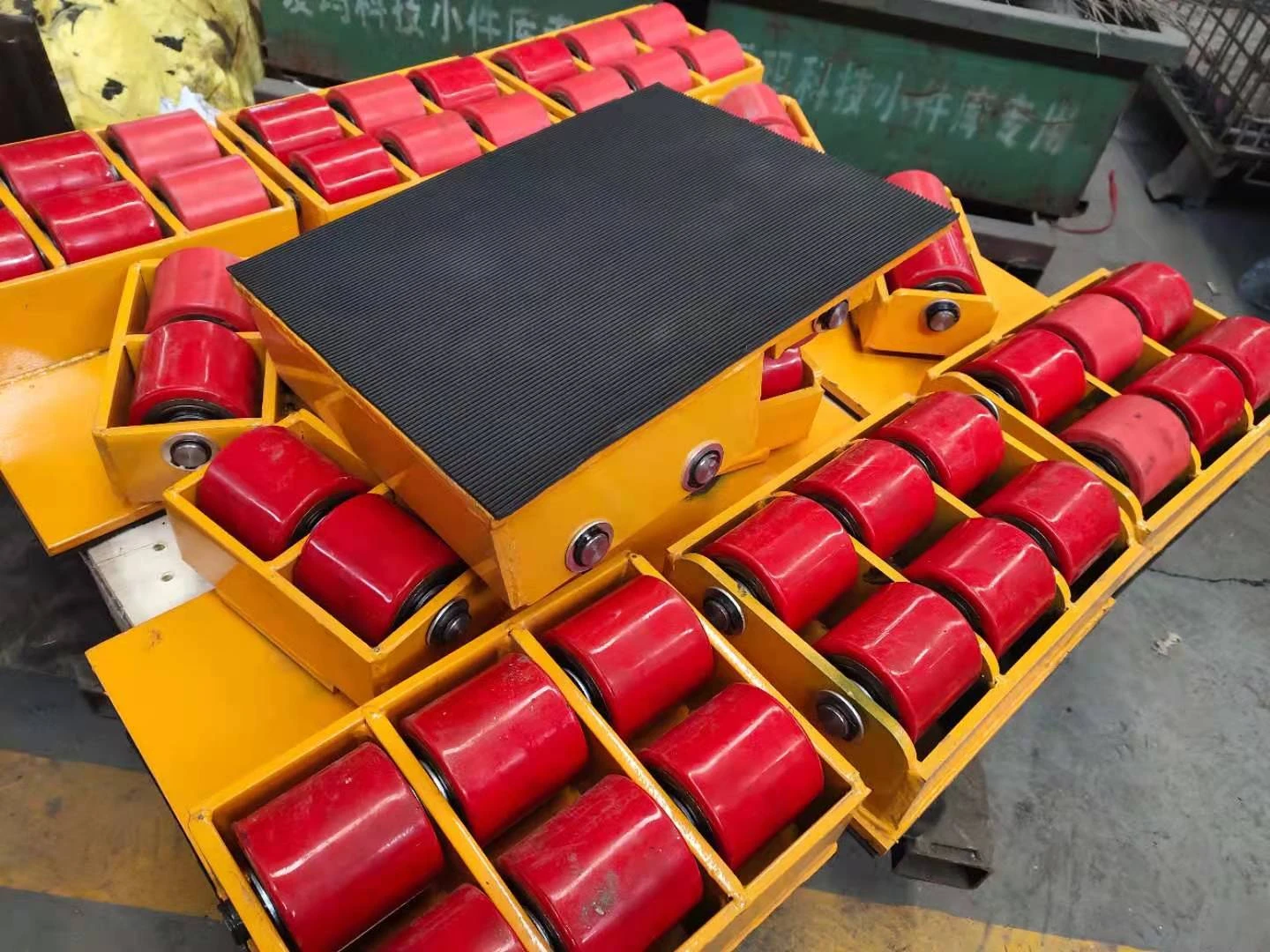magnetic lifter holder
The Magnetic Lifter Holder A Game-Changer in Material Handling
In today's fast-paced industrial environments, the need for efficient, reliable, and safe handling of heavy materials is paramount. One innovative solution that has gained significant traction in recent years is the magnetic lifter holder. This remarkable device not only streamlines lifting operations but also enhances safety and productivity in workplaces. In this article, we will explore the functionality, advantages, applications, and best practices associated with magnetic lifter holders.
How Magnetic Lifters Work
Magnetic lifters utilize the principles of magnetism to lift and transport heavy ferrous materials. These devices are equipped with powerful permanent magnets that, when activated, create a strong magnetic field. This field generates sufficient force to securely hold items such as steel plates, pipes, and other heavy materials. The simplicity of the mechanism involves switching the magnet on and off, allowing for efficient control over lifting operations.
The construction of a magnetic lifter typically consists of a durable casing that houses the magnets, a handle for easy operation, and a safety mechanism to prevent accidental release of the load. Most magnetic lifters are designed with a robust steel structure, ensuring that they can withstand the rigors of heavy industrial applications.
Advantages of Magnetic Lifters
1. Efficiency Magnetic lifters significantly reduce the time and effort required to lift and move heavy materials. They can lift loads quickly, enabling workers to focus on other important tasks and increasing overall productivity.
2. Safety One of the most critical advantages of magnetic lifters is the enhanced safety they provide. Traditional lifting methods, such as slings and chains, can pose risks of slippage and injury. Magnetic lifters hold materials securely, minimizing the risk of accidents.
3. Versatility Magnetic lifters can be used on various surfaces and with different shapes and sizes of materials. They are ideal for handling flat plates, cylindrical objects, and even uneven surfaces, making them a versatile tool in any industrial setting.
4. Cost-Effective By reducing labor costs and increasing efficiency, magnetic lifters can offer significant savings over time. Moreover, their durability means that they require minimal maintenance, further enhancing their cost-effectiveness.
5. Environmentally Friendly Unlike powered lifting equipment, magnetic lifters do not require electricity or fuel, making them an environmentally friendly choice for material handling.
Applications
Magnetic lifters are used across various industries, including manufacturing, construction, shipping, and metalworking. Some common applications include
magnetic lifter holder

- Steel Fabrication In steel mills and fabrication shops, magnetic lifters are invaluable for moving large steel plates, beams, and other heavy components with ease. - Warehousing and Logistics These devices streamline the loading and unloading of goods in warehouses and shipping yards, improving efficiency and reducing the physical strain on workers.
- Construction Sites On construction sites, magnetic lifters facilitate the safe handling of steel rebar, structural components, and other heavy materials, allowing for faster project completion
.
- Maintenance and Repair In maintenance and repair operations, magnetic lifters provide a safe means to lift and position heavy machinery parts, ensuring that technicians can perform their tasks effectively.
Best Practices for Using Magnetic Lifters
To maximize the benefits and ensure the safety of both workers and materials, it is essential to follow best practices when using magnetic lifters
1. Assess Load Capacity Before lifting, always check the load capacity of the magnetic lifter. Never exceed the manufacturer's specifications, as this can lead to failure and accidents.
2. Inspect the Equipment Regularly inspect the lifter for wear and damage. Ensure that the magnets are functioning correctly and that there are no cracks or defects in the casing.
3. Use Proper Technique Train workers on the correct techniques for operating magnetic lifters, including proper attachment and detachment methods.
4. Maintain Clean Surfaces Ensure that both the lifting device and the surface of the material being lifted are clean and free from debris. Dirt and grease can reduce the effectiveness of the magnetic grip.
5. Secure the Area Before lifting, ensure that the work area is clear of unnecessary personnel to prevent accidents.
Conclusion
The magnetic lifter holder represents a significant advancement in the realm of industrial lifting solutions. With their efficiency, safety, versatility, and cost-effectiveness, these devices are transforming the way businesses handle heavy materials. By implementing best practices and ensuring proper training, industries can leverage the full potential of magnetic lifters, paving the way for safer and more productive workplaces.
-
Unlock Seamless Relocation with Our Heavy Equipment Moving ExpertiseNewsJun.06,2025
-
Unleash Unrivaled Flexibility with Our Adjustable Gantry CraneNewsJun.06,2025
-
Unleash Heavy-Duty Efficiency with Our Industrial Gantry Crane SolutionsNewsJun.06,2025
-
Revolutionize Steel Handling with Our Magnetic Lifter RangeNewsJun.06,2025
-
Master Equipment Mobility with Premium Machinery Mover SolutionsNewsJun.06,2025
-
Elevate Your Material Handling with Magnetic Lifter TechnologyNewsJun.06,2025
-
YS Permanent Lifting Magnets: The Smarter Way to Handle SteelNewsMay.22,2025
